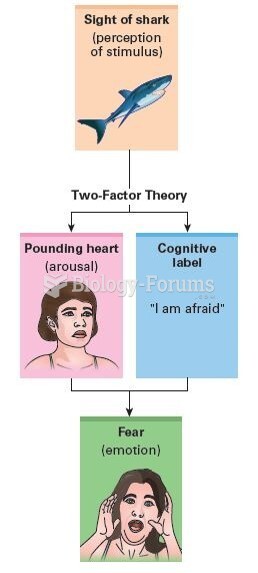Answer to Question 1
True
Answer to Question 2
One of the most important areas in applied social research is called mixed methods research. In mixed methods research, we simultaneously or sequentially conduct both qualitative and quantitative research, to achieve the advantages of each and mitigate their weaknesses. The proponents of mixed methods research argue that the combination of qualitative and quantitative methods provides for a better understanding of the research problem than any one approach alone.
There are several different ways to accomplish the mixing of methods. These tend to differ in how, and at what stage of the research, you bring the quantitative and qualitative traditions together. For instance, you can conduct qualitative and quantitative substudies as though they are independent of each other on separate parallel tracks, where you bring together the results of each at the end in a synthesis or summary. This is very common in program evaluation where formative studiesthose that are conducted to provide early feedback on program implementationoften employ qualitative, open-ended methods, while summative evaluations for studying outcomes of a program, once the implementation has stabilized, usually use quantitative methods. In this case, the overall evaluation methodology uses a mix of both methods. Another example of this type of sequential mixing is when a researcher uses a survey instrument to obtain quantitative data, but follows up with interviews to get in-depth responses and details on contextual elements from the participants.
Quantitative research excels at summarizing large amounts of data and reaching generalizations based on statistical estimations. Qualitative research excels at telling the story from the participant's viewpoint, providing the rich descriptive detail that sets quantitative results into its human context. We are only beginning to learn about how we can best integrate these great traditions of qualitative and quantitative research, and many of today's social research students will spend much of their careers exploring this idea.







